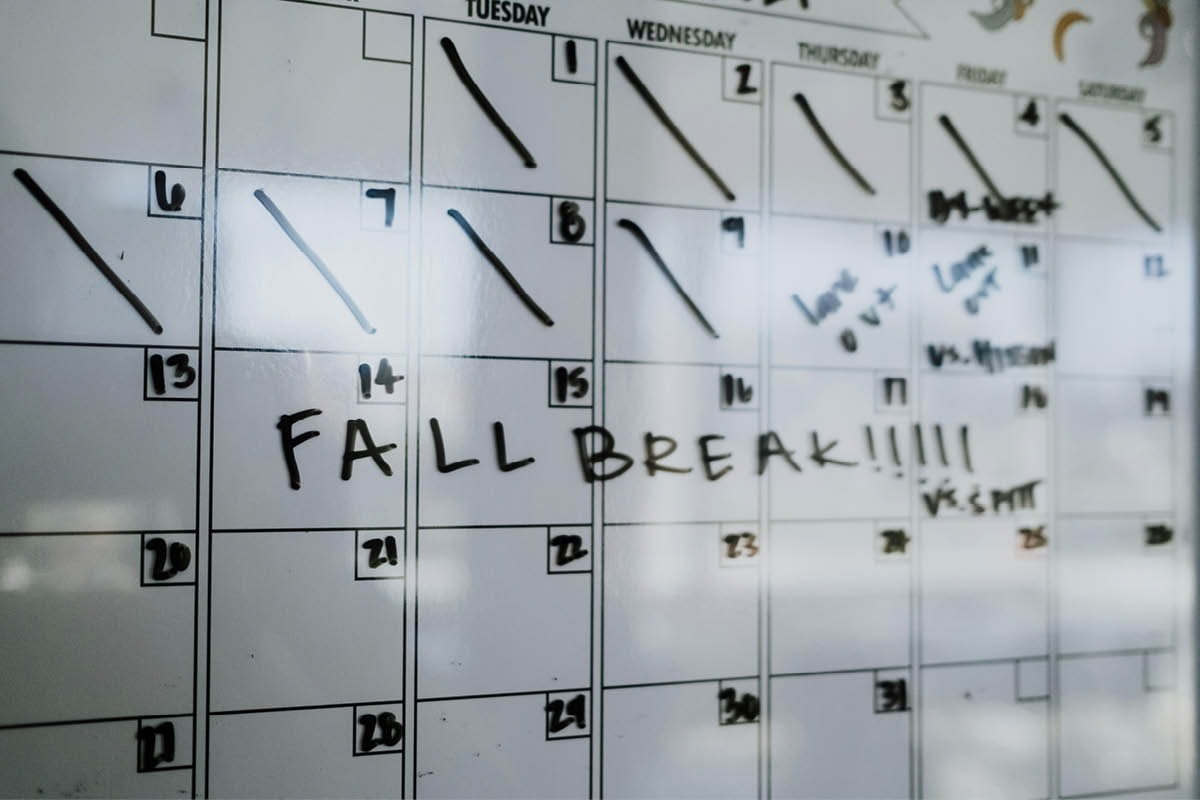The 16th Berkshire Conference of Women Historians was held in Toronto this past week. It was the first time in its 70-year history that the conference was held outside the United States. The host institution was University College on the University of Toronto campus. Over a four-day period — Thursday to Sunday — 2,000 delegates from around the world met to discuss and explore the dynamic history of women. A graduate of women’s history myself and an academic editor, I could not resist going for two of the four days to take in a little of the conference happenings, especially since it was in my own backyard.
Toasting a Mentor
My weekend sojourn into The Berks began by attending a reception in honour of Professor Alison Prentice. She had recently been invested as a member of the Order of Canada for her pioneering work in Canadian women’s history. I studied with Professor Prentice at OISE during my graduate studies, and when I completed my MA in history, I was trying to decide my next steps: continue with a doctorate or pursue a related career. One summer afternoon, we met on the patio of the OISE cafeteria and discussed options. Her advice to me was very instrumental in shaping my academic editing career. On Friday night I dropped by to congratulate her on her remarkable achievements, and to thank her for helping me take the next step towards my own.
The Future of Academic Publishing
On Saturday morning, I signed up at registration and got myself to the first of three sessions on my agenda. Entitled “A Sea Change in Publishing: The Future of the Book and the Journal,” the panel of academic publishers, journal editors, and scholarly writers discussed one of the biggest changes academic publishing is facing: digitization.
The positive take: One of the greatest advantages of a Kindle is that you can carry 200 books with you to a conference.
A pragmatic suggestion: Perhaps it is time to reconsider what we mean by a book. Perhaps it is time that academics begin to write books “to size” so that books are adopted for courses rather than torn apart chapter by chapter for course packs.
Journals are adapting well: Online journals are more easily adapting to digital self-publishing and continue to be a gatekeeper of rigorous peer-reviews that maintain high academic standards.
Academics still prefer books: While self-publishing may be attractive for some academic writers, academic presses continue to offer strong editorial processes and peer-reviews that guarantee high-quality content and structure. It is important that these processes be kept intact no matter what evolves.
Perhaps the concept of books will change with time, but for now, academic writers seem to be keeping the e-tide at bay.
Taking in the Research behind the Manuscripts
The two other sessions I had a chance to attend gave me a deeper appreciation for the research behind the manuscripts that come to us at The Editing Company for a final copy edit. That is to say, I was reminded that a scholar’s paper presented at a conference is often the first step in an academic’s long road to being published. Here was the start line: an 18-minute review of the scholar’s research articulated with flair, humour, depth, analysis, and insight as to boggle this editor’s mind.
The first session I attended was “Women’s Labours and the Global Production of Consumer Culture in the 20th Century.” The scholars’ works explored the early 1920s to the 1960s and the growth of consumer culture that included the development of the domestic tea market in Great Britain; the role Julia Child played in promoting “joyful cooking” in American kitchens; the creation of the demure Margie Doll in Canada in direction opposition to the more curvaceous Barbie Doll from the U.S.; and the role that Ghanaian women buyers from small communities played in developing a market for a major retail chain.
“Interrogating the Ghetto: Jewish Women in Venice, 1516–2016” took the audience on a tour of 500 years of history. The panelists touched on the importance of using medieval rabbinic literature as a source for understanding women’s lives and history; a discussion of trial records that recorded women’s arguments who were brought before the Inquisition in the 1500s to 1600s; the lives and works of writers Margherita Sarfatti and Amelia Pincherle Rosselli during the post-Unification period of the early 1900s; and the life and times of modern art collector Peggy Guggenheim, who made a permanent home for her collection in Venice after the war in 1948.
Visiting the Manuscript in Published Form: The Book Exhibit
And then there was the Book Exhibit. That wonderful place where Canadian and American academic publishers gather and display their wares: those amazing books that have been edited, and shaped, and polished, and made ready for an appreciative audience. While I browsed the titles on display, I had a chance to speak to marketing staff and editors from Duke University Press, Cornell and Michigan, UBC and U Toronto. I visited Johns Hopkins and picked up a complimentary copy of The Journal of Women’s History’s 25th anniversary issue, and from U of Chicago, a copy of Signs: Journal of Women in Culture and Society on the importance of translations across multiple borders and multiple disciplines.
I left a happy delegate.
An Inspiring Sojourn
To the outgoing president, Franca Iacovetta, and her team of organizers, and to Paul Eprile, who organized the Book Exhibit, I say thank you! My two-day sojourn at the conference was stimulating and inspiring, and I can only imagine what a full four days might have been like.





